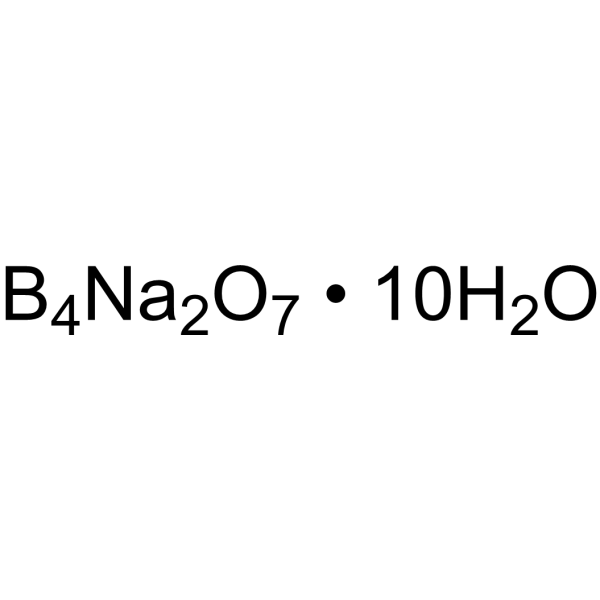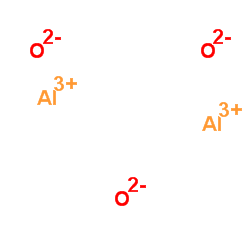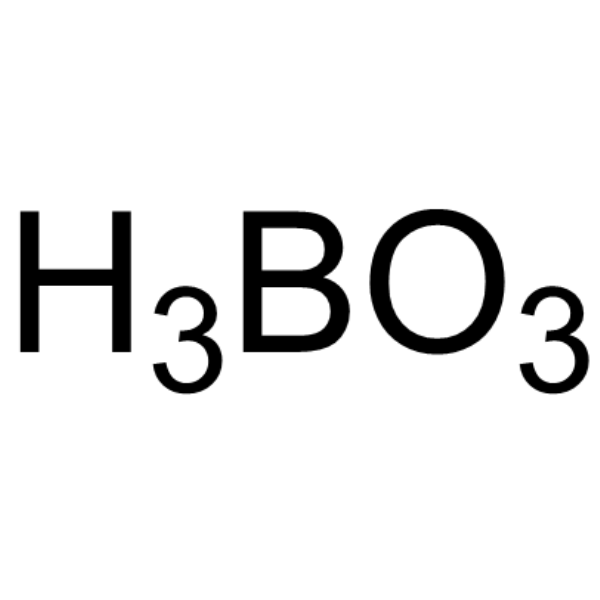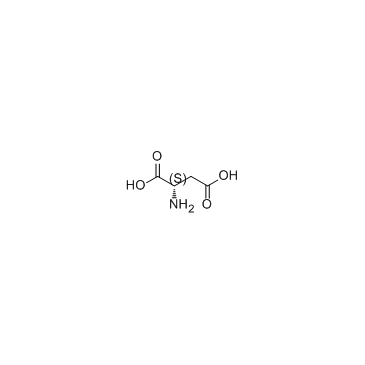| Structure | Name/CAS No. | Articles |
|---|---|---|
 |
Sodium hydroxide
CAS:1310-73-2 |
|
 |
Ammonium acetate
CAS:631-61-8 |
|
 |
Borax
CAS:1303-96-4 |
|
 |
Acetonitrile
CAS:75-05-8 |
|
 |
Methanol
CAS:67-56-1 |
|
 |
Aluminum oxide
CAS:1344-28-1 |
|
 |
Orthoboric acid
CAS:10043-35-3 |
|
 |
L-Aspartic acid
CAS:56-84-8 |
|
 |
4-Hydroxybenzoic acid
CAS:99-96-7 |
|
 |
3-Ethyl-2,4-pentanedione
CAS:1540-34-7 |